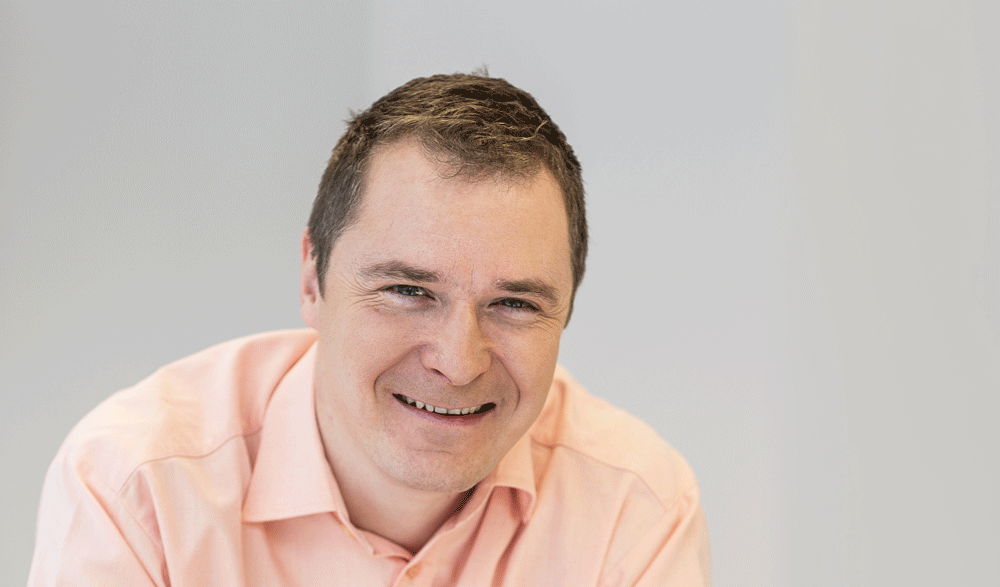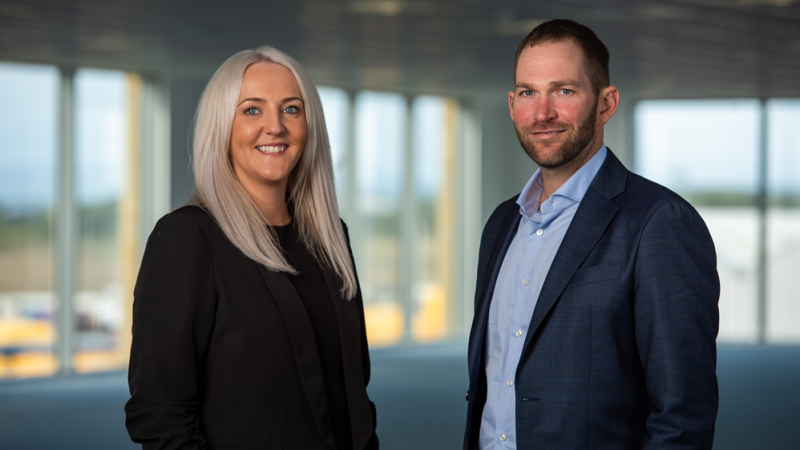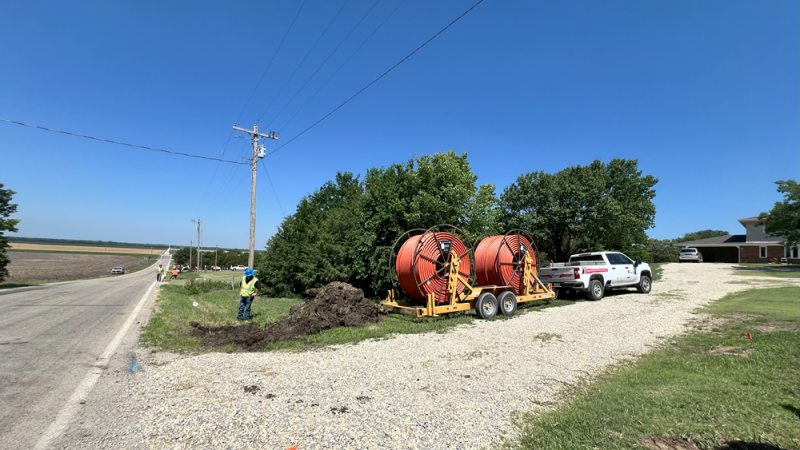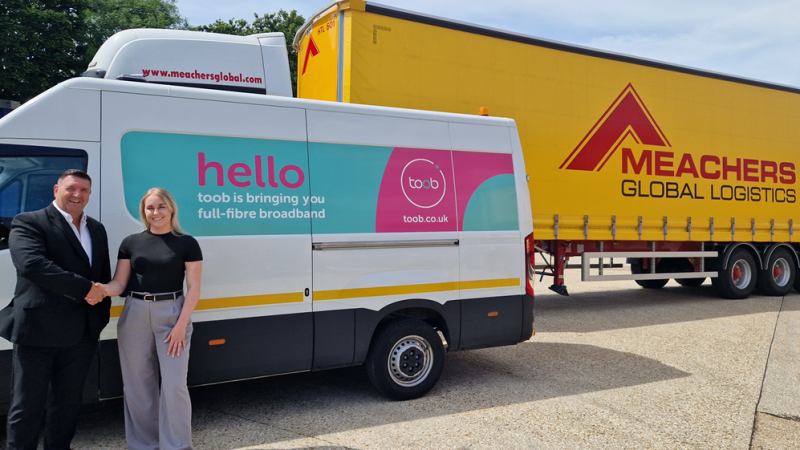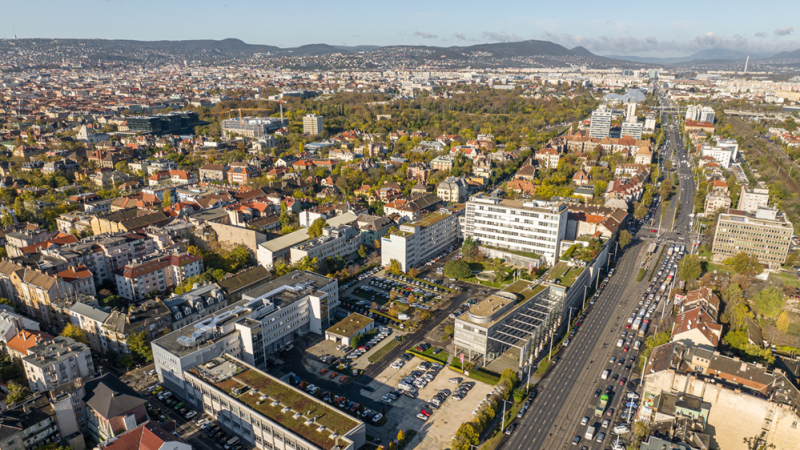Seznam.cz is a Czech technology and media company that offers more than 30 products and services including a search engine, free e-mail boxes, a catalogue of companies, online maps, a nationwide TV station, a streaming portal, and an online newspaper.
Founded in 1996 by Ivo Lukačovič, Seznam.cz has grown to become the only Latin-alphabet based full-text search service in the world that is beating Google in its own market: the Czech Republic. The Seznam.cz homepage is the most visited website on the Czech internet, with 6.5 million real users visiting each month.
Seznam.cz, today employing over 2000 people and with revenues in excess of CZK 6 billion, is also a technology company. In 2014, Seznam.cz Data center, s.r.o. a subsidiary of Seznam.cz a.s., was founded with the aim of operating the physical infrastructure, i.e. the data centres, for companies in the Seznam.cz Group.
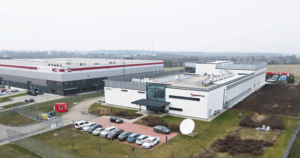 Towards self-sufficiency
Towards self-sufficiency
Vlastimil Pečínka, Managing Director of Seznam.cz Data center, describes developments over the last decade: “Like many others we used to hire technical services from external providers, in our case from TTC and O2 Czech Republic, but eventually, after closely watching how data centre operation works and what we would like to do differently, we decided to take a pro-active approach.”
“We reached an economic tipping point where it was worthwhile for us to run our own data centre, at our own expense. In terms of data centre services, we were one of the largest customers in the Czech Republic, and if you rent somewhere, of course you pay the owner his original investment and some margin.”
In 2015, the company’s Kokura data centre was opened in Prague, built in just over 10 months, and shortly after, the company decided on the production of its own servers. “We had been dissatisfied for a long time with the policy of our hardware suppliers. They often try to sell you as much as possible and things like branding, support and more are included in the price,” Pečínka reflects.
“It made economic sense to produce our own servers that exactly match our needs,” he says, pointing out that switching to in-house server production immediately reduced CAPEX by 30% year-on-year. Today the company’s annual production of servers is around 2,000 items of hardware.
As the leasing agreement with O2 was coming to an end, establishing the company’s own data centre seemed the best way forward not only in terms of reducing operating costs but also in terms of reducing dependency on the physical infrastructure. As such, in 2023 the new ‘Nagoya’ facility was opened in Benátky nad Jizerou some 50 km north of Prague, an investment worth CZK 300 million.
This was a significant milestone. Opening the Nagoya facility offering up to 3MW for IT equipment and consisting of two halls that fit over 200 server racks allowed the company to exit one of two sites leased from O2.
Fast and sustainable
Nagoya was not the end of capacity expansion – in May 2024 the company commissioned a new building next to its existing Kokura in Prague. The new building, to be known as Kokura 3, with 1,200 m2 of space and a capacity of 2.4MW, shares space with the existing centre, but is essentially an independent new data centre.
The investment means that Seznam.cz now has three data centres – Osaka, Nagoya and Kokura. While Nagoya and Kokura belong to the Czech internet leader, Osaka is leased from O2 Czech Republic.
“Although Kokura 3 is part of the original data centre, it is a separate unit in terms of construction and technology,” says Vlastimil Pečínka. ” Here we have managed to introduce several innovations which do not exist in Nagoya, only a year old. A significant novelty is that we omit the UPS and batteries on one power feed line. In this way, we will fully rely on the redundancy of power supplies in the IT technology.”
Sustainability has always been an important part of the expansion strategy and the company, which traditionally names its data centres after Japanese cities, uses a number of options to operate the centres in a more ecological way. The centres have introduced photovoltaic on the roof to cover at least part of the consumption with renewable sources. Another innovation is the use of direct free-cooling for cooling the servers.
“Thanks to the large underground tank, we can use rainwater for cooling in summer. That means that cooling is provided with direct outdoor air channelled via filters and, if necessary, modified to the required humidity. This allows us to fully omit machine cooling and further decrease electricity consumption.”
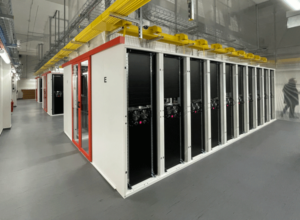 Sufficient for the needs
Sufficient for the needs
Pečínka acknowledges that whole Seznam.cz including Seznam Data centres covers the full stack from production of servers to the production of applications for its users. Last year the subsidiary company turned over around CZK 350 million and is set to fully focus on supporting its parent company in the future.
“We are unique in that we don’t operate externally, our sole customer is Seznam.cz. This has several advantages – for example, unlike traditional data centres that rely on continuous operation, we make our developers have everything operable from at least two locations at the same time to have a backup should one data centre fail.”
The total power consumption of all the data centres is up to 6 MW for IT equipment. Of the total of over 13,000 servers about 10,000 have been produced in-house. Approximately 550 racks are physically available in the data centres. Both the new data centres Kokura 3 and Nagoya are designed for an average power of up to 15 kW/rack, while old Kokura can handle an average of 6 kW/rack, says Pečínka.
“With the three data centres, our needs are saturated for now. Our next task is to look carefully at energy sources. The future seems to be about decentralisation, i.e. location of energy sources at the point of consumption, and researching new types of energy resources, since photovoltaic has proved to be insufficient for our use” he reflects.
“Flexibility and decentralisation are the concepts that we are looking at in detail. Data centres are the place where energy is produced and stored. We are now running a pilot energy project in our Kokura facility, using generators that start up to balance grid fluctuations, generating a new revenue stream that can cover the operation of the physical infrastructure.”
“While we have no immediate plans to open another data centre, if we establish that energy balancing is viable, then we may start thinking of building a third facility. That would make economic sense.”
